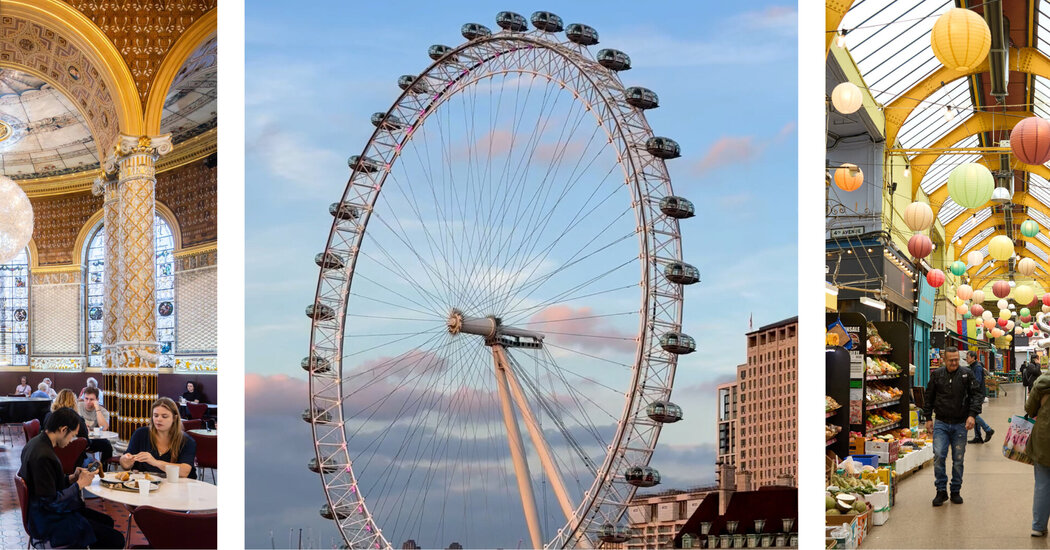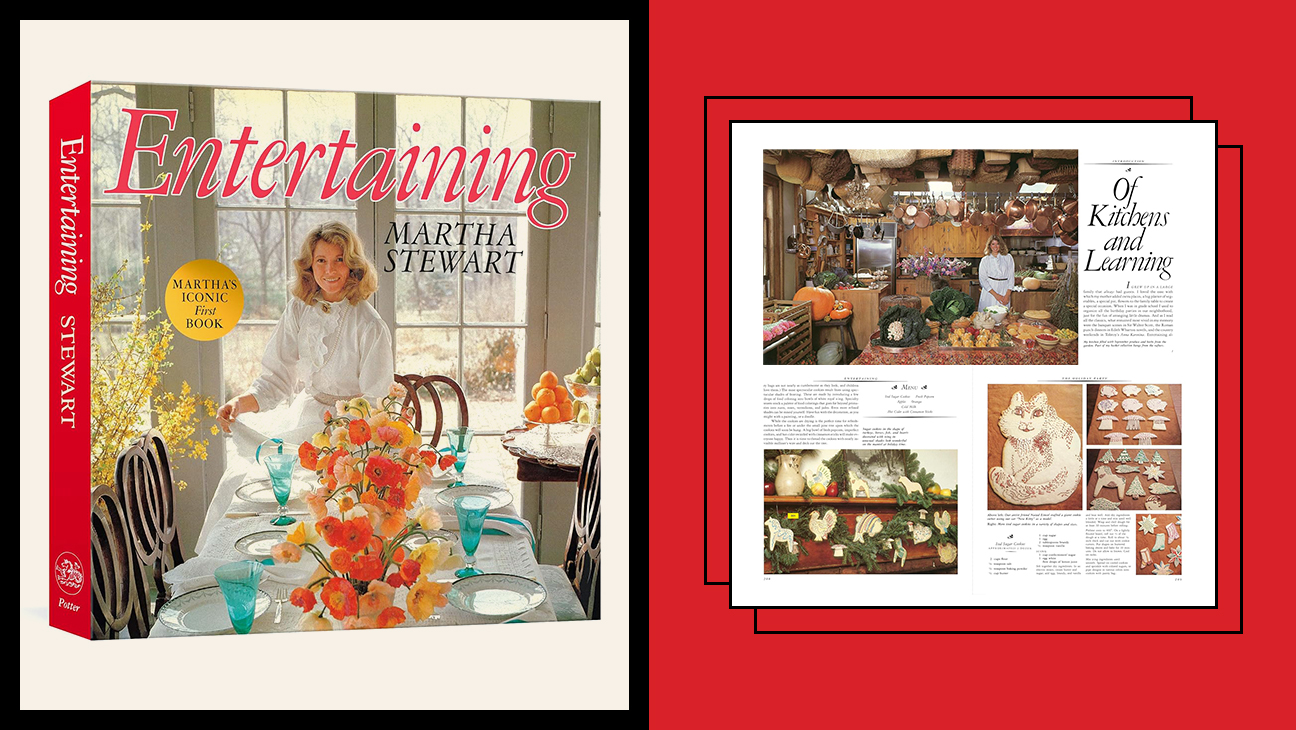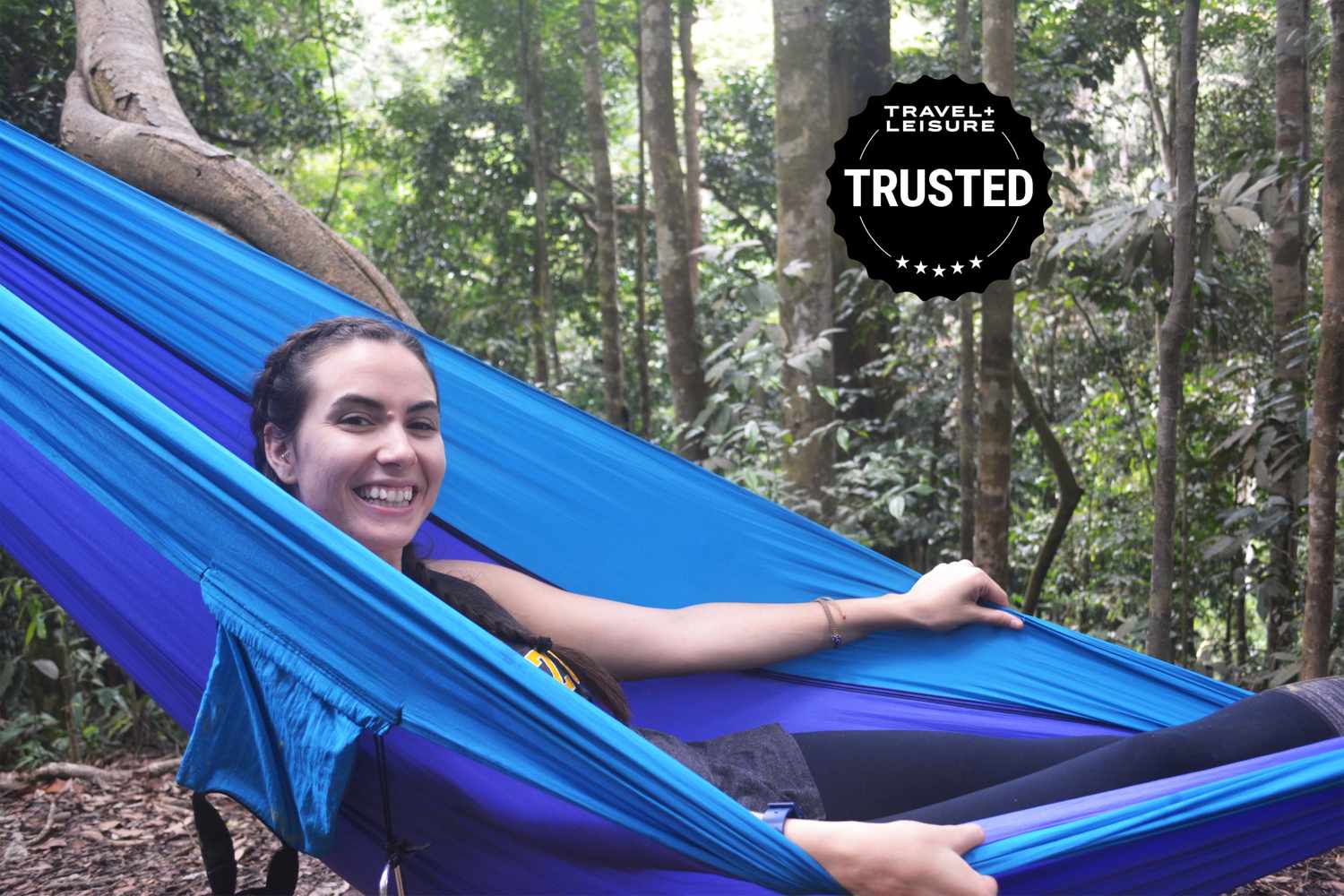Free Web Seo

-

Carney Unveils Federal Budget Aiming for Billions in New Expenditures Amid US Tariff Disruptions – Mirror Brief
-

MPs Request HMRC Clarification on Child Benefit Payment Freeze Affecting Parents – Mirror Brief
-

Bitcoin Drops Below $100,000 Mark for the First Time Since Late June – Mirror Brief
-

Pinterest Sees 20% Drop in Stock Price Due to Earnings Disappointment and Bleak Outlook – Mirror Brief
-

Vapers Surpass Smokers for the First Time in Great Britain – Mirror Brief
-

Exploring the Healthiest Alternative Milks: Soy, Oat, Almond, or Rice?
-

A Journey Through Science, Skeletons, and a Mysteriously Silenced Cockatoo – Mirror Brief
-

Exploring London: Dining Options, Must-Visit Neighborhoods, and Accommodation Tips
-

Establishing Data Centers in Space to Cater to AI Demand – Mirror Brief
-

Sabalenka Faces Pegula as Gauff Overcomes Injured Paolini in Straight Sets – Live Updates – Mirror Brief
-

Reeves’ Pre-Budget Address Leaves Door Open for Potential Tax Increases – Mirror Brief
-

Trial Begins for Alleged Smugglers Linked to Fatal 2023 Channel Shipwreck – Mirror Brief
-

Alan Bates Reaches Multimillion-Pound Settlement in Post Office Scandal – Mirror Brief
-

Reeves Declines to Commit to Tax Rise Pledge, Emphasizing Need to Confront Reality – UK Politics Update – Mirror Brief
-

Experts Highlight Need for Warning Women About Home Birth Risks and Ensuring Access to Skilled Midwives – Mirror Brief
-

Government Proposes Ban on Online Pornography Depicting Choking – Mirror Brief
-

Top Destinations to Explore in Australia, New Zealand, and the South Pacific in 2026 – Mirror Brief
-

Barbara Tfank Spring 2026 Ready-to-Wear Lineup – Mirror Brief
-

Shein Prohibits All Sex Dolls Following Backlash Over Childlike Items – Mirror Brief
-

RBA Excluded Cash Rate Cuts, Michele Bullock Confirms; Labor Pushes for Streaming Services to Invest in Australian Content – Mirror Brief
-

Half Yours Triumphs in Australia’s Prestigious Melbourne Cup – Mirror Brief
-

Claims of Academic Intimidation in China Handed Over to Counter-Terrorism Authorities – Mirror Brief
-

Starbucks Plans to Divest Majority Stake in Its China Operations – Mirror Brief
-

Purchase the Book Online – Mirror Brief
-

Ways to Stream the 2025 MLB World Series Without a Cable Subscription – Mirror Brief
-

Israel Frees Five Palestinian Detainees Amid Ongoing Violence in Gaza – Mirror Brief
-

Comprehensive Testing and Reviews – Mirror Brief
-

Maldives Implements Smoking Ban for Future Generations – Mirror Brief
-

Britain’s Cities Defy ‘Sadiq Khan’s No-Go Hellscape’ Claims – Mirror Brief
-

Cowboys Facing Off Against Cardinals – Mirror Brief